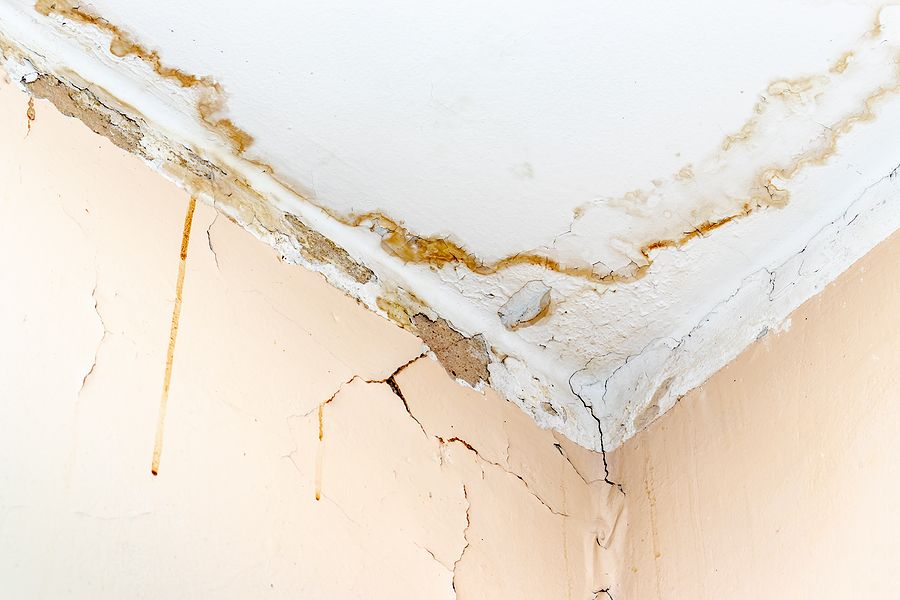Just about everyone seems to have his or her own way of thinking on the subject of Most Common Causes of Leaky Pipes.

Leaks not just create waste of water however can additionally create unneeded damage to your residence and promote undesirable natural growth. By looking and understanding for daily scenarios that create leakages, you can protect your house from future leaks as well as unnecessary damage.
Immediate temperature modifications.
Extreme temperature level changes in our pipelines can cause them to broaden as well as acquire unexpectedly. This development and contraction may create fractures in the pipelines, especially if the temperature are listed below freezing.
Rusty water systems
As time goes by, your plumbing system ages and also corrosion such as rust may begin gnawing the pipelines. This could be the cause of discoloration or warping on your water pipes. This requires an examination with your plumber instantly. If our plumbing system is old, consider replacing the pipelines since they go to a higher threat of corrosion than the more recent designs.
Defective Pipeline Joints
Pipeline joints can degrade over time, resulting in water leakages. If you have noisy pipes that make ticking or banging noises, especially when the hot water is turned on, your pipeline joints are possibly under a great deal of pressure.
Trespassing origins
A lot of water leakages start outside the house instead than inside it. You could observe wet patches or sinkholes in your backyard, and that could indicate that tree roots are attacking water lines creating water to permeate out.
Poor Water Connectors
At times, a leakage can be caused by loosened tubes and also pipes that provide your home appliances. In case of a water links leak, you might notice water running straight from the supply line or puddles around your home appliances.
Clogged Drains
Blocked drains pipes may be frustrating as well as inconveniencing, yet they can occasionally end up causing an overflow causing burst pipes. Maintain removing any kind of materials that may decrease your drains pipes that could block them to stay clear of such hassles.
All the above are sources of leakages but not all water leaks arise from plumbing leakages; some leaks might come from roofing leakages. All leakages need to be fixed instantly to prevent water damage.
Leaks not only trigger waste of water however can likewise cause unnecessary damage to your home and advertise undesirable natural development. By looking and understanding for day-to-day scenarios that trigger leaks, you can protect your residence from future leakages as well as unnecessary damages. Today, we will look at six leakage triggers that might be triggering your pipes to drip.
At times, a leakage can be caused by loosened hose pipes as well as pipes that supply your home appliances. In case of a water links leakage, you may notice water running straight from the supply line or puddles around your devices.
How To Check For Water Leak In Your Home
How To Check for Leaks
The average household's leaks can account for nearly 10,000 gallons of water wasted every year and ten percent of homes have leaks that waste 90 gallons or more per day. Common types of leaks found in the home are worn toilet flappers, dripping faucets, and other leaking valves. These types of leaks are often easy to fix, requiring only a few tools and hardware that can pay for themselves in water savings. Fixing easily corrected household water leaks can save homeowners about 10 percent on their water bills.
To check for leaks in your home, you first need to determine whether you're wasting water and then identify the source of the leak. Here are some tips for finding leaks:
Take a look at your water usage during a colder month, such as January or February. If a family of four exceeds 12,000 gallons per month, there are serious leaks.
Check your water meter before and after a two-hour period when no water is being used. If the meter changes at all, you probably have a leak.
Identify toilet leaks by placing a drop of food coloring in the toilet tank. If any color shows up in the bowl after 10 minutes, you have a leak. (Be sure to flush immediately after the experiment to avoid staining the tank.)
Examine faucet gaskets and pipe fittings for any water on the outside of the pipe to check for surface leaks.
Undetected water leaks can happen without the home or business owner even realizing. If you suspect a water leak, but not able to find the source. It is time to contact a professional water leak detection service, The Leak Doctor.
How To Find a Water Leak In Your Home
https://www.leakdoctor.com/blog/How-To-Check-For-Water-Leak-In-Your-Home_AE197.html

I found that blog entry about How to Find Water Leaks while exploring the web. Are you aware of someone else who is occupied with the topic? Be sure promote it. Many thanks for your time spent reading it.
Get answers now!